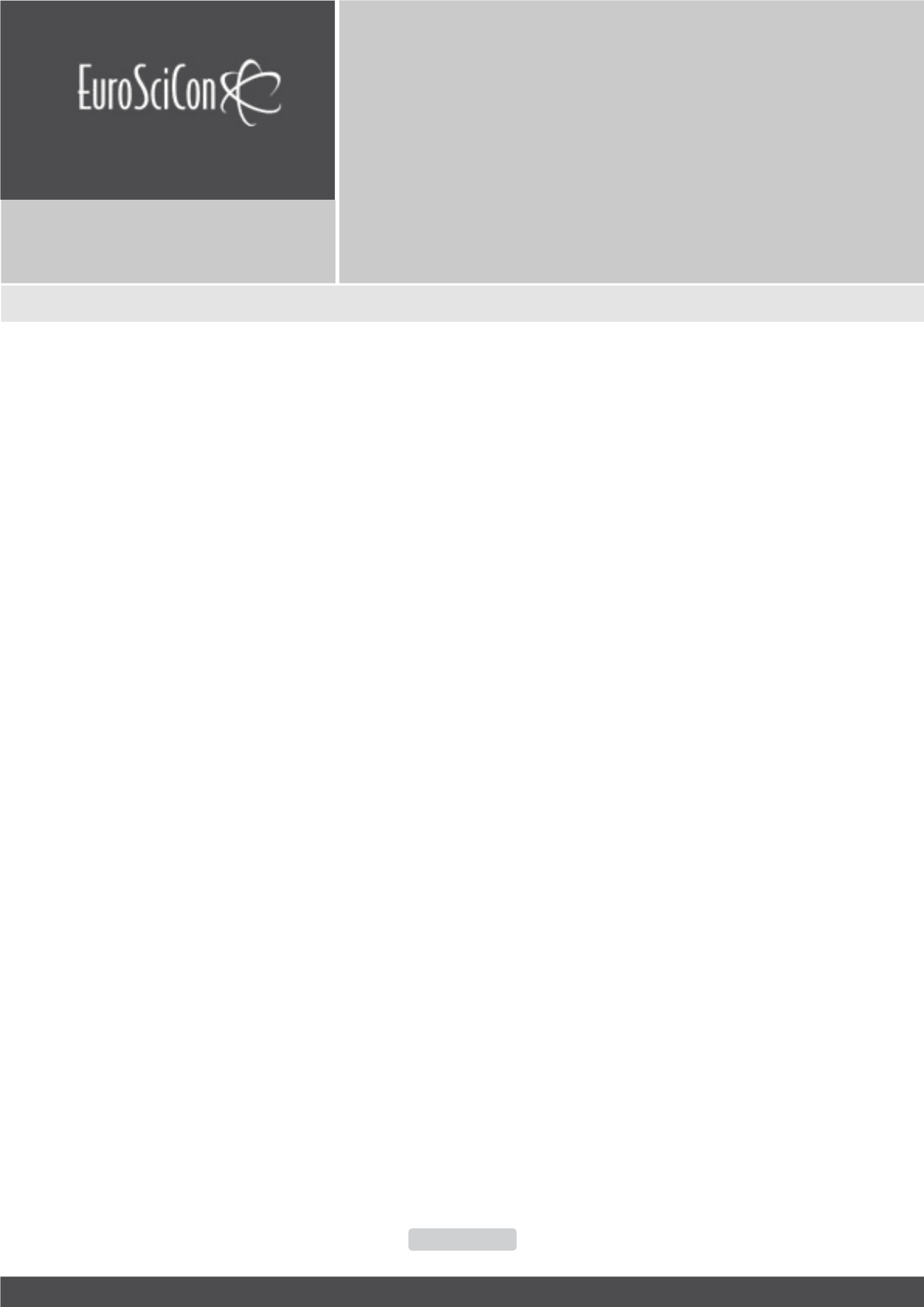

Dental Treatment 2018
Dentistry and Craniofacial Research
ISSN: 2576-392X
Page 54
September 10-11, 2018
Zurich, Switzerland
25
th
International Conference on
Dental Treatment
L
asers are used in soft and hard tissues treatment and can be
classified to various types of laser used in treatment like He-Ne
(632.5 nm), diode lasers with various wavelengths 810, 940, 980,
1064nm, Nd: YAG (1064nm), CO
2
(10600, 9600, 9300nm), Er: YAG
(2940 nm) and Er, Cr: YSGG (2780 nm). One of the most dominant
lasers that used in dentistry are diode lasers with their different
wavelengths, It is important to know the role of diode lasers in
dentistry and their dental applications with different wavelengths
as treatment of haemangioma by photocoagulation is easier with
980 nm than 810 nm as absorption of haemoglobin in 980 nm is
more than in 810 nm. Regarding the photobiomodulation therapy
themainchromphore that used is cytochrome coxidase, theeffect
of 810 nm is greater than 980 nm, and it will be more effective in
pain relief, wound healing as treatment of aphthous ulcers and
herpes simplex. On the other hand the energy of 445 nm is higher
than 635 nm, and it will be more efficiency in cutting the tissue.
Dental diode lasers applications are a lot as gingivectomy, oral
depigmentation, frenectomy, tongue tie, treatment of dentinal
hypersensitivity and bleaching. On other wise diode lasers has
a great effect in endodontics and periodontology, so author
will assess and appraise the effect of diode lasers in dental
applications.
mohammedabdelfattahh@hotmail.comThe effect of diode lasers in dentistry
Mohammed Mohsen Abdelfattah
University of Genova, Italy
J Dent Craniofac Res 2018, Volume 3
DOI: 10.21767/2576-392X-C3-009
















